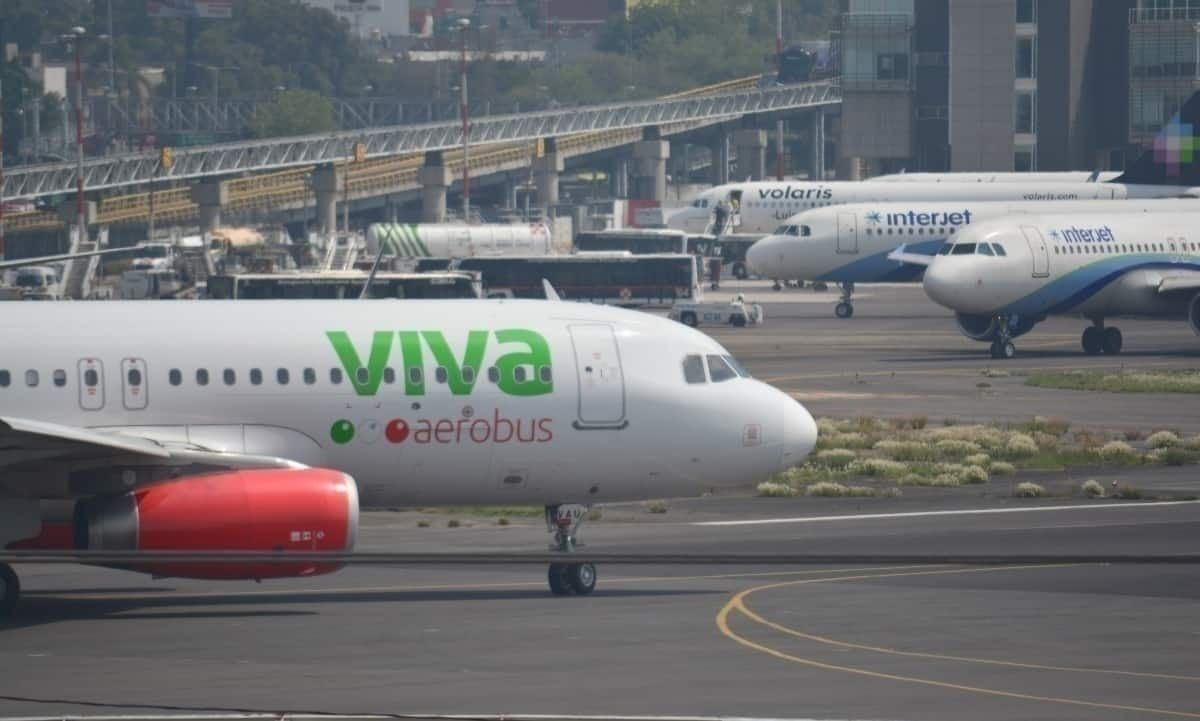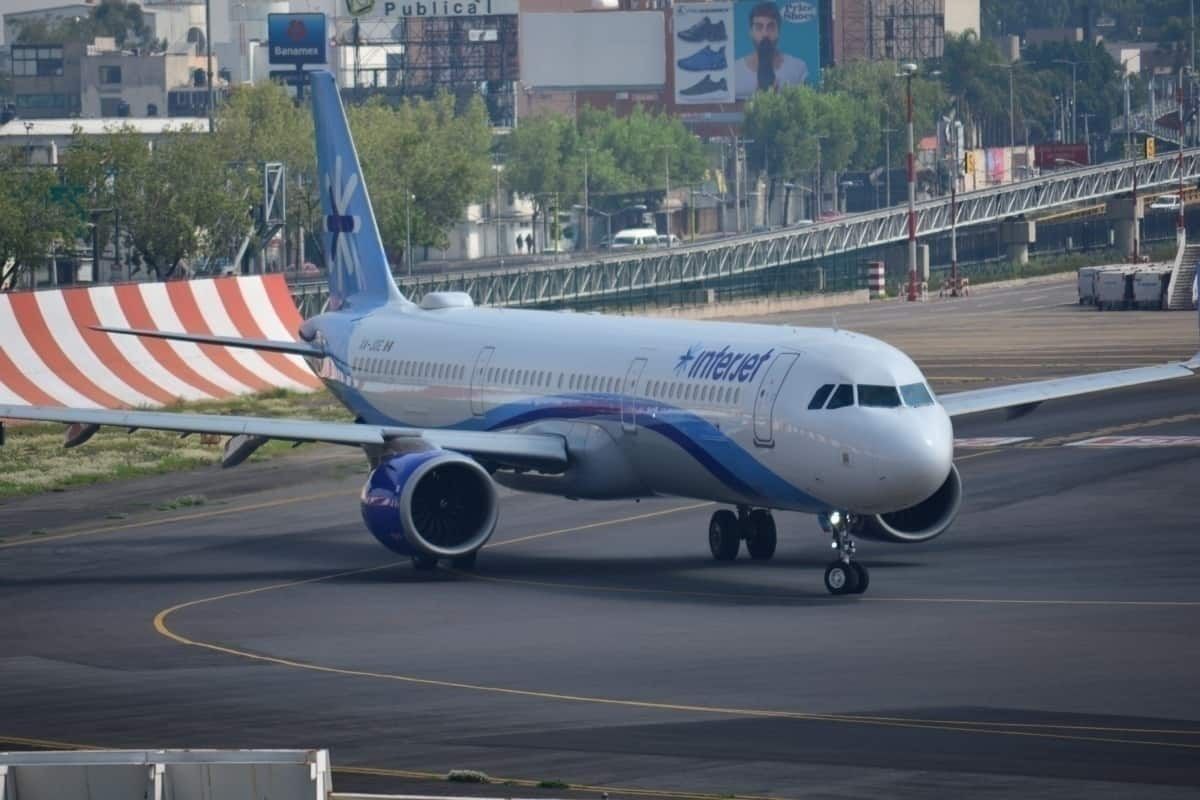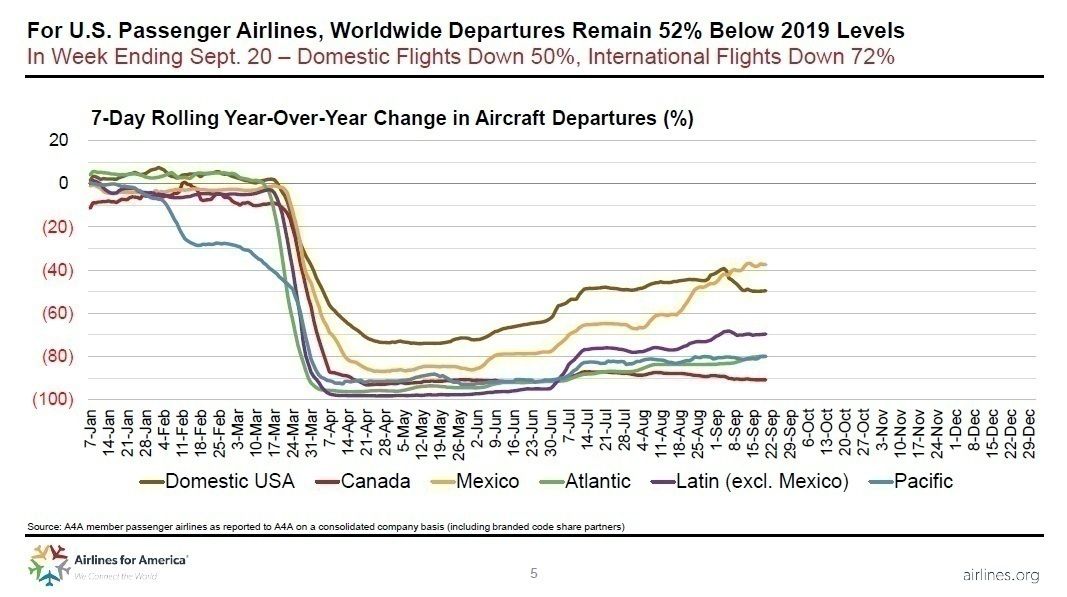Six months ago, the COVID-19 pandemic arrived in force in Latin America, paralyzing the economies and the aviation industry. Just now, some countries are opening their borders, letting their airlines fly again. In this context, Mexico seems to be leading the aviation recovery in the region. Let’s investigate further.
No measures, easier recovery
Across the world, Mexico was one of the few countries that never imposed restrictions on travel. Over the last six months, every airline and passenger in the world that wanted to come to Mexico, could.
The same happened for domestic travel, as Mexican airlines never had to ground their operations through government measures. They did reduce their flights and parked aircraft, but that is because the demand fell off a cliff. The lack of restrictions allowed Mexican carriers to relaunch their flights more easily.
Stay informed: Sign up for our daily aviation news digest.
Meanwhile, other Latin American countries had different approaches. For example, Brazil forbade entrance to foreigners until June. Since then, Brazil has joined Mexico with no restrictions whatsoever, but it still hasn’t had the recovery it would wish.
Like Colombia, Bolivia, and Peru, other countries have been more restrictive, allowing just in the past few weeks the resumption of domestic connectivity. And there are even worst cases like Argentina, which hasn’t settled a date to enable airlines to operate again.
Nevertheless, that is just a part of the equation. Mexico has had another couple of advantages against the rest of Latin America.
The low-cost power
We’ve been saying this for weeks now: low-cost carriers are poised to recover first in Latin America. In Mexico, 70% of the market share belongs to low-cost airlines. As Skyscanner recently said,
“While no airline has been immune to the impact that COVID-19 has had on the travel sector, low-cost carriers have arguably been better insulated compared to some of their full-service carrier competitors.”
In Mexico, two of the three low-cost airlines, Volaris and Viva Aerobus, have had a V-shaped recovery. Meanwhile, the third, Interjet, is in decline. According to OAG, by September, Mexico was still 30% below the number of market seats offered in 2019. Despite still being down, that’s a good number.
For instance, Volaris is operating at 75% capacity right now. In August, it surpassed the million passenger barrier for the first time since March. Also, in that month, Viva Aerobus had more passengers than Grupo Aeromexico, for the first time in its history.
Also, Volaris is pushing a campaign to bring traditional bus travelers into their planes. The low-cost carrier praises the advantage of a two or three-hour flight versus a six-hour bus ride. And it is working for them.
Meanwhile, Grupo Aeromexico is under its Chapter 11 reorganization. While the historical carrier is shrinking, by no means has lost its presence in the Mexican market. And now that other Latin American countries are reopening their airspaces, Aeromexico can increase its demand. It will bet on the connectivity to places like Colombia, Peru, and Brazil. But there’s one destination that has been the benchmark of Mexican aviation recovery: the US.
The US-Mexico market
According to Airlines for America, Mexico is currently the clear leader for the US international air travel. By August 2020, the US-Mexico market had 898,400 passengers, while the second place, the Dominican Republic, had 245,800.
Many US citizens that want to travel abroad are choosing Mexico as their destination. That’s why airlines like JetBlue are capitalizing on new routes. Eastern Airlines is also launching new routes to the country.
Mexican carriers are also placing their trust in the transborder market. For instance, Viva Aerobus is currently operating 11 routes to the US from Mexico City, Monterrey, and Guadalajara.
While the recovery is far from over, and Mexico still has to face the worst economic downturn in its history, the numbers point to an optimistic scenario in the country.
What do you think of Mexico’s recovery? Let us know in the comments.



